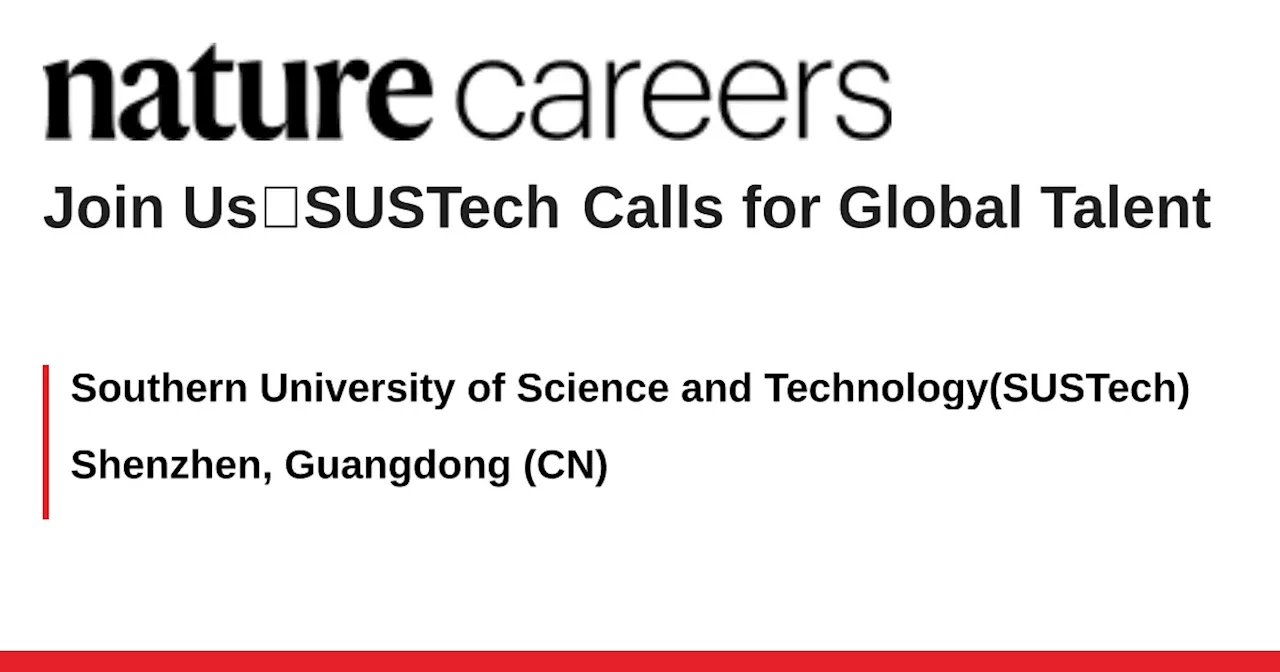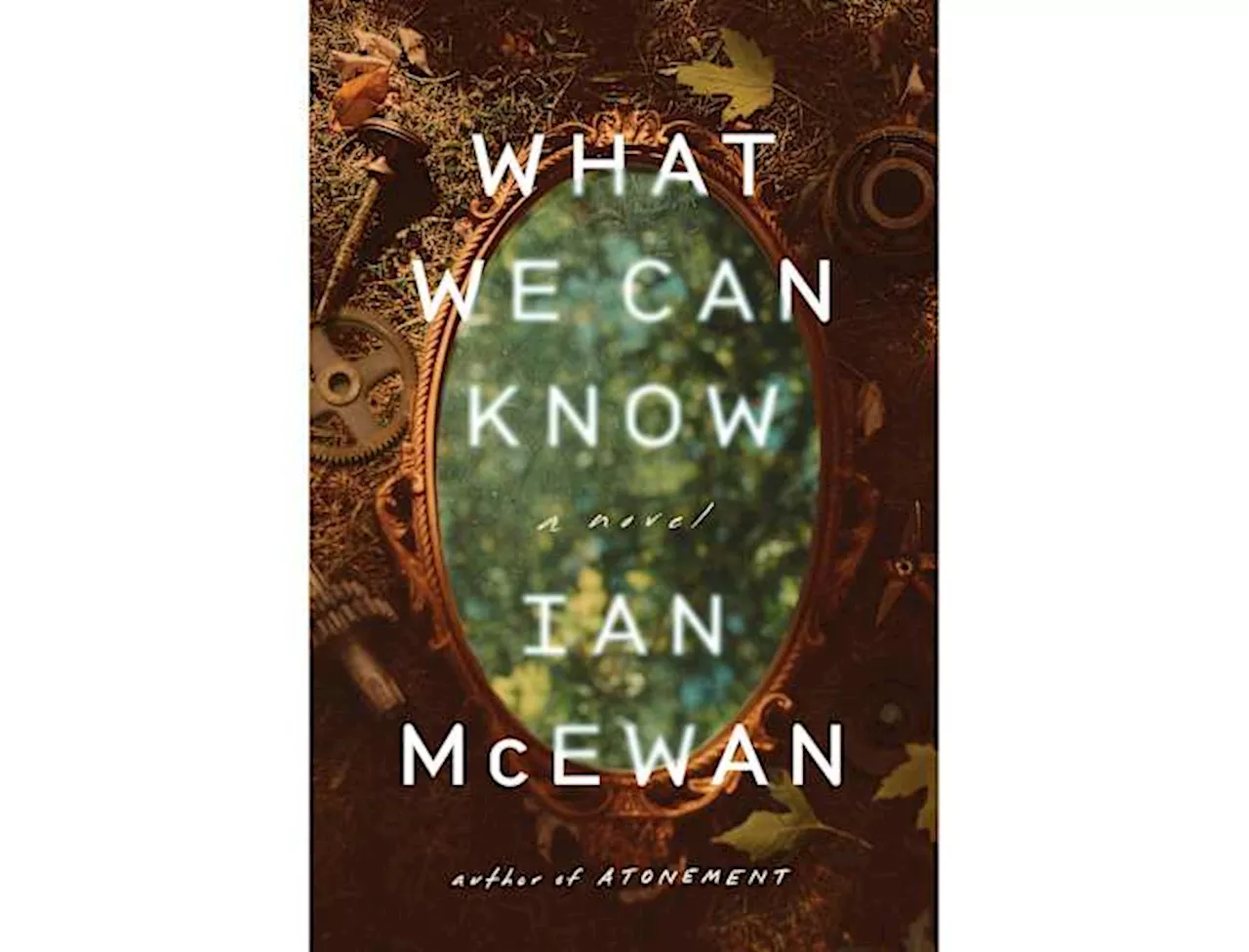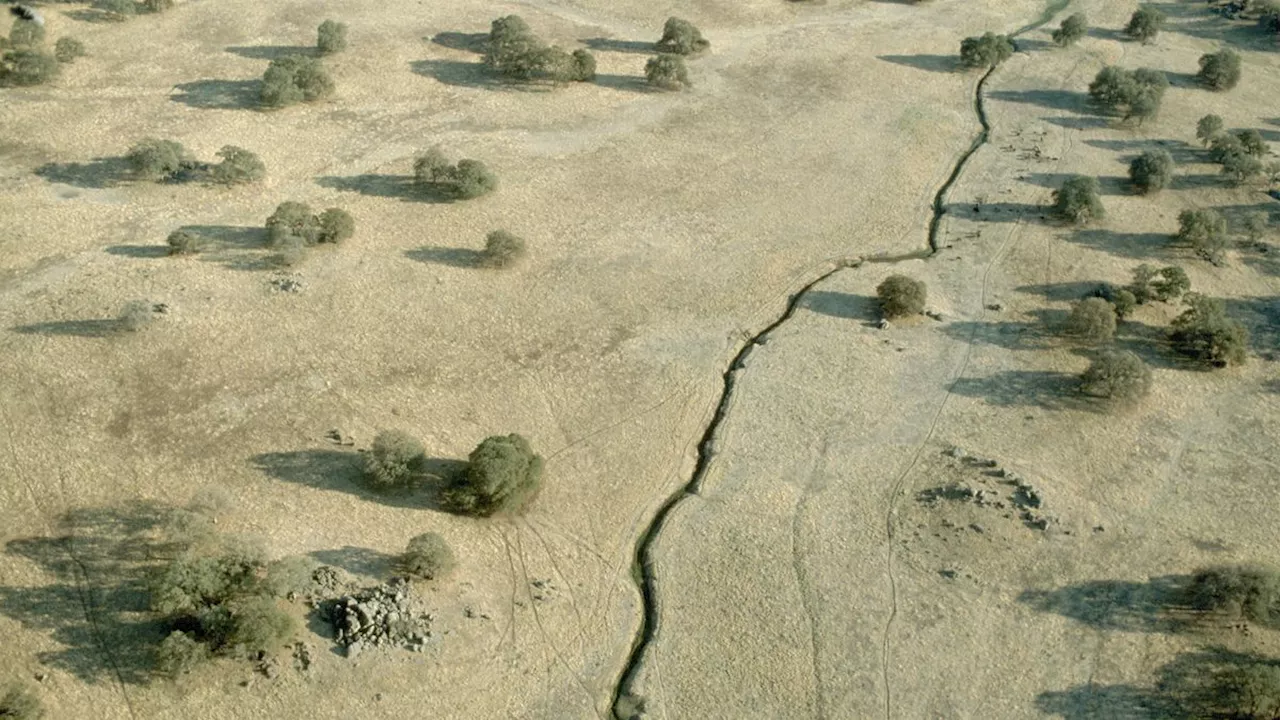This blog explores the fascinating interplay between biology, psychology, and evolution in shaping our experience of love. From oxytocin and vasopressin to the vagus nerve and heart rate variability, we delve into the neurological and physiological mechanisms that underlie this powerful human emotion.
From an evolutionary standpoint, love is not merely a poetic or philosophical concept but an essential mechanism for survival and reproduction. Anthropologists and biologists argue that love evolved to foster social bonds, enhance cooperation, and ensure the continuation of our species. Romantic love is evolutionarily crucial for mate selection and reproductive success. Studies show that oxytocin and vasopressin, two neuropeptides, are vital in forming long-term pair bonds.
These hormones promote feelings of attachment, trust, and intimacy, driving individuals to seek and maintain close relationships. Maternal and paternal instincts drive parents to care for their young, ensuring their survival. The release of oxytocin during childbirth and lactation strengthens the mother-child bond, making love a biological necessity for offspring survival. Love extends beyond romantic and parental relationships. Humans evolved to form strong social bonds with kin and communities, fostering cooperation and social harmony. Emotional connections among families and communities increase the chances of survival in a group setting, reinforcing our deeply ingrained need for love and belonging. While the brain is undoubtedly the control center for emotions, the heart plays a vital role in shaping how love is experienced and expressed. Ancient cultures often depicted love as originating from the heart, and modern science provides a fascinating explanation for this view. The heart, with its intricate network of neurons, often called the'heart-brain,' communicates with the brain through the autonomic nervous system (ANS), which regulates involuntary bodily functions, including emotions. Heart rate variability (HRV)—the variation in time between heartbeats—is a key indicator of emotional health. A well-regulated HRV is associated with positive emotional states such as love, compassion, and relaxation, while low HRV is linked to stress, anxiety, and negativity. The interaction between the heart and the brain, mediated by the vagus nerve, plays a crucial role in how we experience love and emotional connection. The vagus nerve (cranial nerve X) is a critical component of the autonomic nervous system and serves as the primary communication highway between the brain, heart, and other vital organs. It is divided into two branches: the old vagus and the new vagus. Both play essential roles in how love and connection are experienced. The old vagus, also known as the dorsal vagal complex, is evolutionarily ancient and primarily responsible for the freeze or shutdown response. This system is shared with reptiles and other early vertebrates and activates in response to extreme stress or perceived threats. When someone feels disconnected, abandoned, or heartbroken, the old vagus can trigger a numbing or depressive response. In severe cases, it can lead to emotional withdrawal, reinforcing the idea that love and connection are essential for psychological well-being. The new vagus, also known as the ventral vagal complex, evolved in mammals and is essential for social engagement, bonding, and love. This system facilitates facial expressions, vocal tone modulation, and heart rate regulation—key aspects of intimate connection. When activated, the new vagus encourages relaxation, trust, and affection. Research by psychologist Stephen Porges, the founder of Polyvagal Theory, indicates that activating the ventral vagus helps humans form deep, meaningful connections. When we experience love—be it from a parent, a friend, or a romantic partner—a warm hug, or deep eye contact—the ventral vagus activates, slowing the heart rate, reducing stress, and promoting a sense of safety and connection. Understanding love from an evolutionary and physiological perspective does not diminish its magic. Rather, it enhances our appreciation of love as a force that unites individuals, families, and societies. Whether love originates in the heart, the mind, or both, one fact remains clear: Love is essential to the human experience. Love embodies a complex interplay among the brain, heart, and nervous system. On Valentine's Day, we celebrate love's enchantment, supported by science, as the force that connects us all
Psychology Relationships Love Evolution Heart Brain Vagus Nerve Oxytocin Vasopressin Emotions Relationships Biology Psychology
United States Latest News, United States Headlines
Similar News:You can also read news stories similar to this one that we have collected from other news sources.
 The Moth StorySLAM: LOVE HURTSPrepare a five-minute tale about a love that made you go OUCH. The agony of deferred love! The misery of good love, gone bad! The anguish of one-way love! Bring stories of your heart, kicked to the curb by the people or places or things you love...or used to love. Love that 'Hurts So Good' also welcome.
The Moth StorySLAM: LOVE HURTSPrepare a five-minute tale about a love that made you go OUCH. The agony of deferred love! The misery of good love, gone bad! The anguish of one-way love! Bring stories of your heart, kicked to the curb by the people or places or things you love...or used to love. Love that 'Hurts So Good' also welcome.
Read more »
 Southern University of Science and Technology Invites International Scholars for Prestigious Science Fund ProgramSouthern University of Science and Technology (SUSTech) invites outstanding international scholars to apply for the National Science Fund Program for Outstanding Young Scholars (Overseas). This program aims to attract exceptional young researchers from around the world to contribute to scientific and technological advancement in China. SUSTech has a strong track record of success in securing funding for this program. The application requires a minimum of 36 months of continuous teaching or research experience at overseas institutions after obtaining a doctoral degree, a history of recognized research achievements, and no previous full-time work experience in China. Selected scholars will receive a competitive compensation package, comprehensive benefits, research funding, and access to a dynamic research environment at SUSTech.
Southern University of Science and Technology Invites International Scholars for Prestigious Science Fund ProgramSouthern University of Science and Technology (SUSTech) invites outstanding international scholars to apply for the National Science Fund Program for Outstanding Young Scholars (Overseas). This program aims to attract exceptional young researchers from around the world to contribute to scientific and technological advancement in China. SUSTech has a strong track record of success in securing funding for this program. The application requires a minimum of 36 months of continuous teaching or research experience at overseas institutions after obtaining a doctoral degree, a history of recognized research achievements, and no previous full-time work experience in China. Selected scholars will receive a competitive compensation package, comprehensive benefits, research funding, and access to a dynamic research environment at SUSTech.
Read more »
 Live Science daily newsletter: Get amazing science every dayRead about the latest news, incredible discoveries and mind-bending advances in science by signing up for our daily email newsletter.
Live Science daily newsletter: Get amazing science every dayRead about the latest news, incredible discoveries and mind-bending advances in science by signing up for our daily email newsletter.
Read more »
 Ian McEwan's next novel, 'What We Can Know,' is science fiction 'without the science'The next novel by Ian McEwan will be a post-apocalyptic story, set in part in the 22nd century and centered on a scholar’s immersion into a poem written during happier times.
Ian McEwan's next novel, 'What We Can Know,' is science fiction 'without the science'The next novel by Ian McEwan will be a post-apocalyptic story, set in part in the 22nd century and centered on a scholar’s immersion into a poem written during happier times.
Read more »
 Is Earth the only planet in the solar system with plate tectonics?Skyler Ware is a freelance science journalist covering chemistry, biology, paleontology and Earth science. She was a 2023 AAAS Mass Media Science and Engineering Fellow at Science News. Her work has also appeared in Science News Explores, ZME Science and Chembites, among others. Skyler has a Ph.D. in chemistry from Caltech.
Is Earth the only planet in the solar system with plate tectonics?Skyler Ware is a freelance science journalist covering chemistry, biology, paleontology and Earth science. She was a 2023 AAAS Mass Media Science and Engineering Fellow at Science News. Her work has also appeared in Science News Explores, ZME Science and Chembites, among others. Skyler has a Ph.D. in chemistry from Caltech.
Read more »
 American Heart Association Anchorage ambassador speaks on heart health journeyAmbassador Beverly Peterson shared her journey about how she struggled with atrial fibrillation, also known as AFib.
American Heart Association Anchorage ambassador speaks on heart health journeyAmbassador Beverly Peterson shared her journey about how she struggled with atrial fibrillation, also known as AFib.
Read more »
